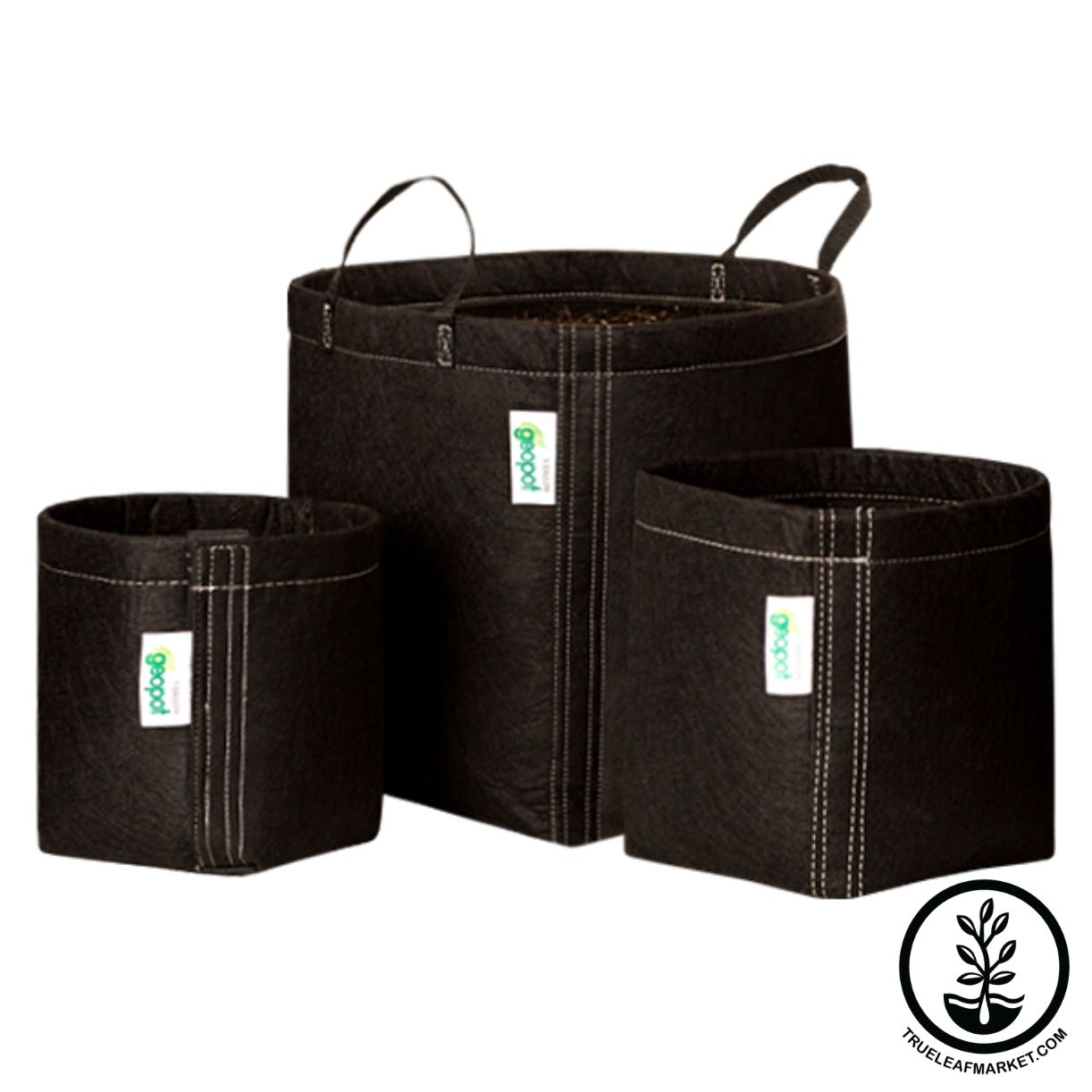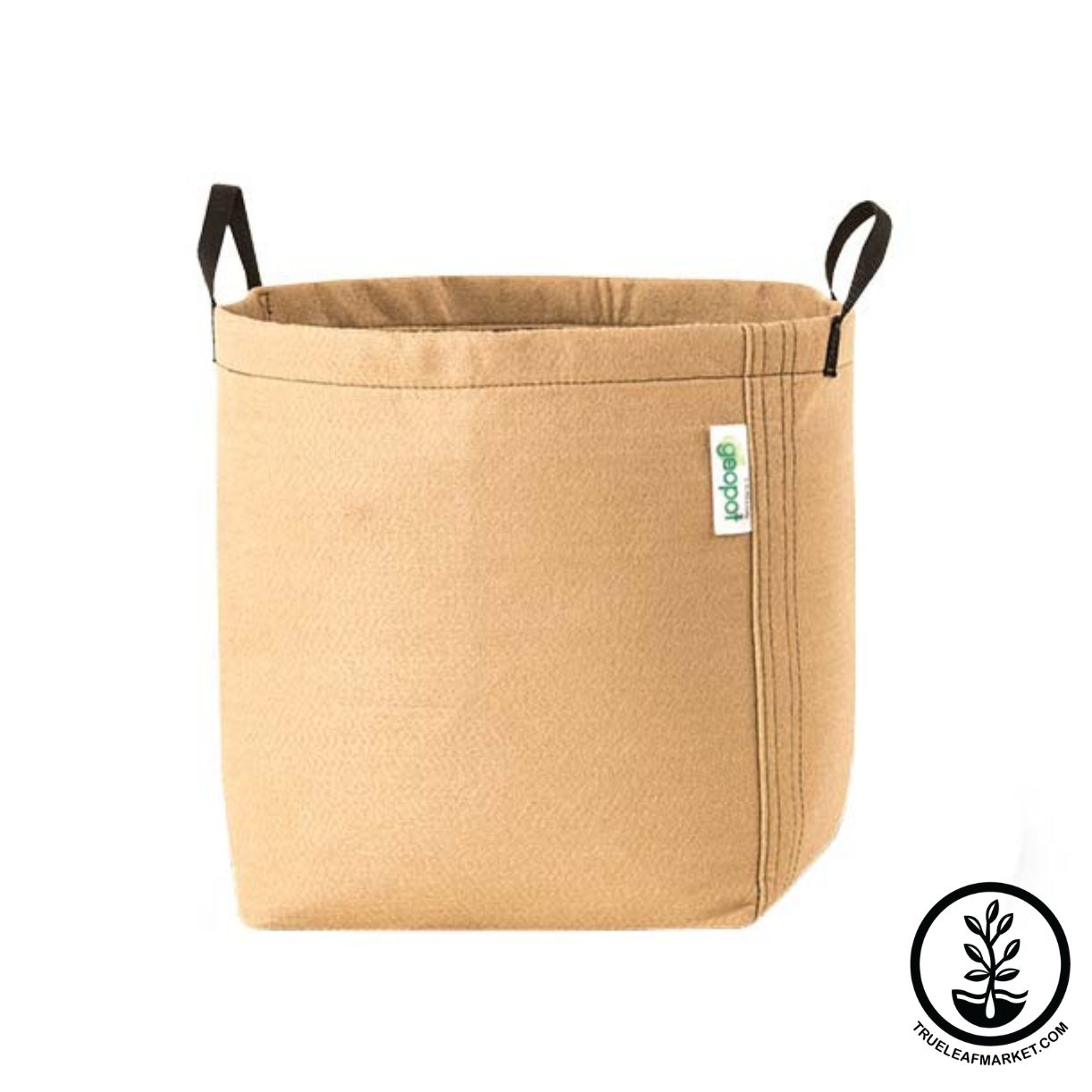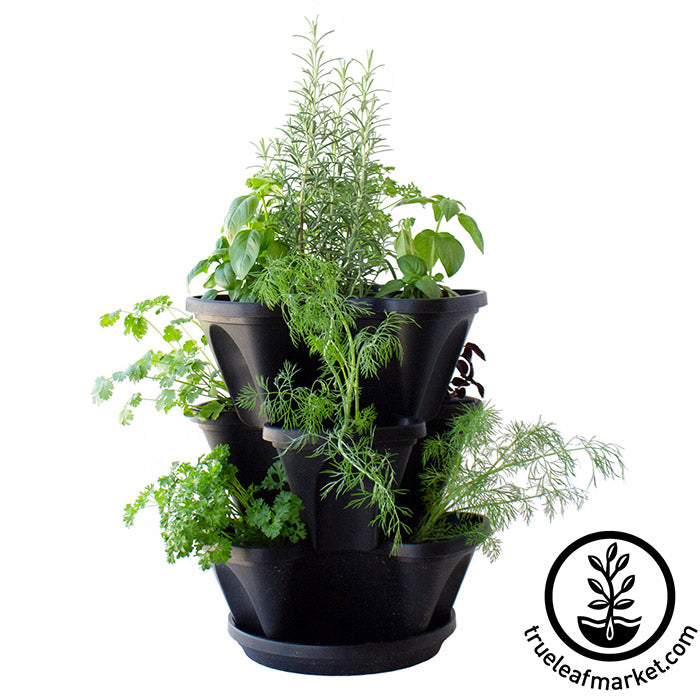
Ashleigh Smith

Do you find yourself harvesting large amounts of any given vegetable from your garden all at once? There is a solution! The practice of succession planting, or planting in segments over a period of time, allows you to harvest root vegetables, leafy greens, brassica vegetables, and more for fresh use throughout the season. By sowing a few carrots, radishes, broccoli, etc., over several days to weeks, you can enjoy a fresh harvest over the course of the growing season. Don’t let yourself feel like every inch of the garden needs to be planted the second your last frost date arrives. Gardening is a season-long adventure. Enjoy the entire process of planting, harvesting, and tending to your garden throughout the growing months.
Plan Ahead
The key to harvesting your favorite vegetables all season long is to plan ahead. Consider the weekly rate you typically consume any given vegetable. This will be the key measure you use to determine how much needs to be planted to meet your demand. Also consider how much you want to store. If you like to enjoy your preserved harvest throughout the winter season, consider planning for a fall garden of cool-season vegetables specifically for freezing, canning, dehydrating, etc.
What is Succession Planting?
Succession planting is the process of planting small crops of vegetables that are typically harvested as whole plants, or that can only be harvested a couple of times. These small crops are repeatedly planted 1-3 weeks apart for a continual harvest throughout the season. While plants like cucumbers will produce over the entire season, a carrot can only be harvested once. Succession planting also helps you to make the most productive use of your gardening space. After one crop is harvested, another can be planted in its place. Below, you can find some of the best crops for succession planting.
Crops For Succession Planting
Expand Your Available Space With Containers
If you would like to try succession planting but find yourself with less growing space than you would like, utilize containers to expand your available growing area. Raised Beds and vertical planters are a great way to expand your garden to patio and balcony spaces. For a constant harvest of herbs and leafy greens, we recommend using the Bloom Master Hanging Baskets, Boxes, and Stacker containers. Short carrots, radishes, green onions, leafy greens, and herbs can also be grown easily in our raised bed.
Enjoy your best garden yet by planting strategically and immersing yourself in the garden from spring to fall. Spending a few minutes in your garden each day will bring a renewed appreciation for nature, growing your own food, and witnessing the grand complexity of our ecosystem. Let's get planting!
About the Author

I'm Ashleigh Smith, a native to Northern Utah. I first gained a love of gardening with my grandmother as I helped her each summer. I decided to make a career of it and have recently graduated with a Bachelor's degree in Horticulture from Brigham Young University - Idaho. My studies have focused on plant production while I also have experience in Nursery & Garden Center Operations.
Our Recommended Picks
Leave a comment
Your email address will not be published. Required fields are marked *
2 comments
Jake
Great idea succession planting is, to keep one’s harvest from going to waste. One of these selections, beets, can be pickled anyway, and will last a looong time , so I’ll probably plant mine all at once.
Richard Lowry
I’m using a grow box, 28 inches long. I plant 2 tomatoes in each box. You can plant 10 corn seeds. I’m planting 1 seed every 3 days. When I plant the 10th seed, the 1st will be 1 month old.
Further Reading

Mild Climate Winter Gardening Guide for Zones 9 & 10: What to Plant and When
Coming soon!

Ashleigh Smith
2025-10-171 min read0
Harvesting the Incredible Health Benefits of Microgreens
Written By Lara Wadsworth Microgreens are young edible seedlings that are harvested when they are just 1-3 inches tall. These quick-growing plants are emerging as an important food source with numerous health benefits. Their nutrient density can be up ...

Ashleigh Smith
2025-09-306 min read0
Fall Bulb Planting Guide: When, What, and How to Plant for Spring Blooms
Written By Lara Wadsworth If you love colorful and vibrant flowers as early as possible in the springtime, planting fall bulbs is your answer. It’s like magic! You bury little brown things in the autumn, and then you basically forget about them. Then, ...

Ashleigh Smith
2025-09-3012 min read0
Coco Coir and Vermiculite - The Leading Microgreen Growing Mediums
Written By Lara Wadsworth Microgreens are gaining popularity among growers and consumers. They are nutrient-dense, easy to produce, and can turn a profit quickly. The rising demand for efficient growing mediums continues to propel researchers to find b...

Ashleigh Smith
2025-09-306 min read0








